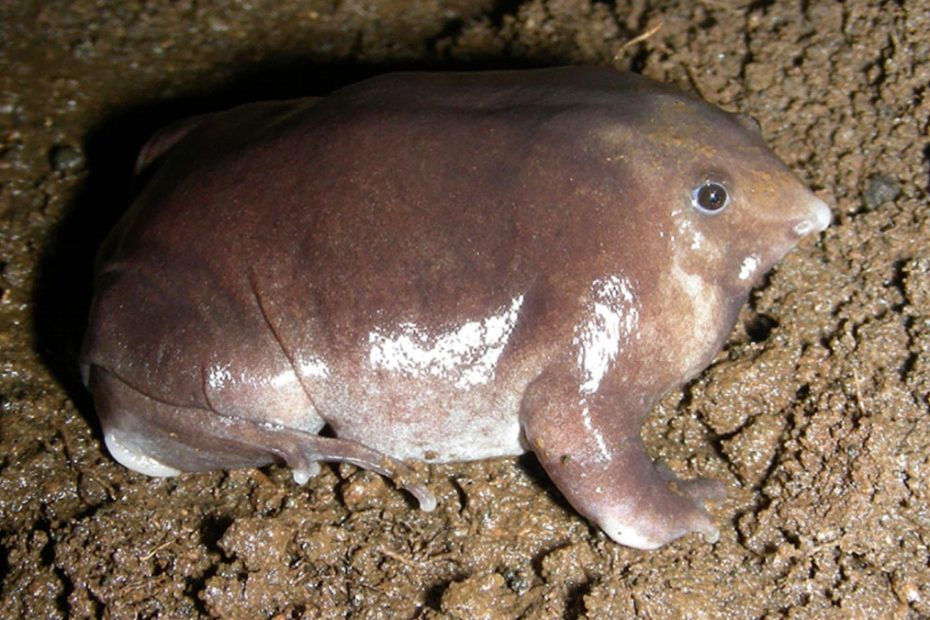The purple frog is a fascinating amphibian species found exclusively in the Western Ghats region of India. These unique frogs have captured the attention of animal enthusiasts and researchers alike due to their unusual physical characteristics and behavior.
One of the most distinctive physical features of purple frogs is their burrowing lifestyle. They spend most of their lives underground and have evolved unique adaptations. These include a streamlined body and reduced eyes to survive in this habitat. Additionally, these frogs have a unique call that sounds like a metal spring being stretched and released.
Studying and conserving purple frog populations is crucial as they play an essential role in the rainforest ecosystem. They help control insect populations and provide food for predators like snakes and birds.
Furthermore, they are a flagship species for conserving the Western Ghats. This biodiversity hotspot faces numerous threats, including habitat destruction and climate change.
This article provides a comprehensive guide on purple frogs, their physical characteristics, habitat, behavior, and conservation status. It will also highlight the current conservation efforts to protect these fascinating amphibians and much more.
Purple Frog Scientific Name and Classification
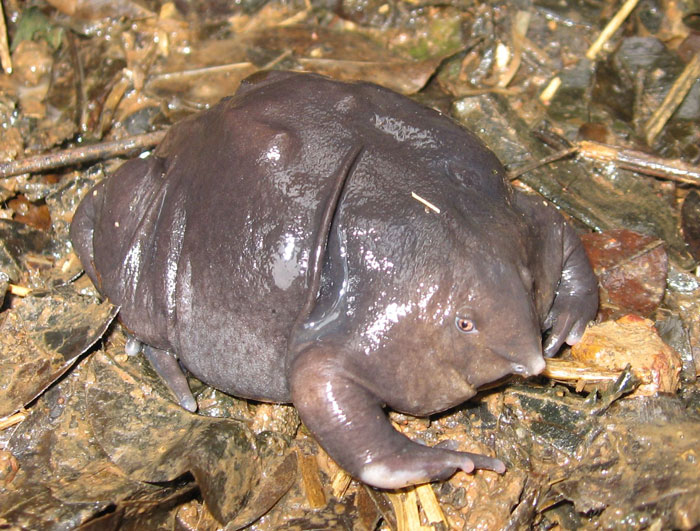
The purple frog’s scientific name is Nasikabatrachus sahyadrensis. Its classification is as follows:
- Kingdom: Animalia (animals)
- Phylum: Chordata (vertebrates)
- Class: Amphibia (amphibians)
- Order: Anura (frogs and toads)
- Family: Sooglossidae (Seychelles frogs and Indian frogs)
- Genus: Nasikabatrachus
- Species: N. sahyadrensis
Purple Frog Physical Characteristics
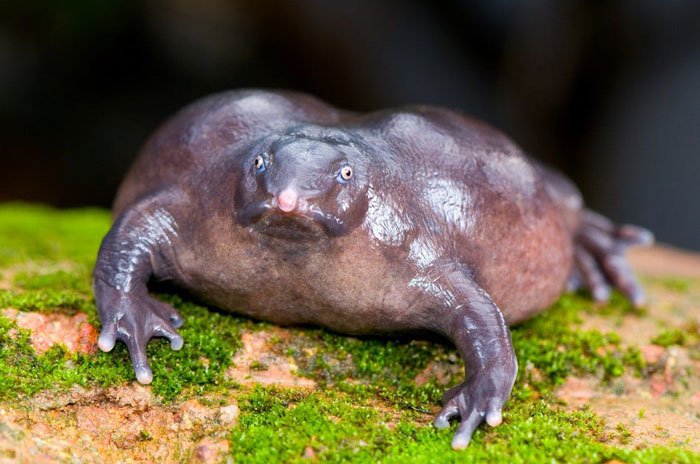
Here are the physical features that make purple frogs stand out:
1. Body Shape and Limbs
These frogs have streamlined bodies with broad, flat heads and wide, blunt snouts. Their legs are short and thin, while their feet are wide and adapted for digging.
2. Size
Purple frogs are relatively large compared to other frog species. Adult males can reach up to 7 cm (about 3 inches) in length. Females are more prominent, reaching up to 3 times the size of males. They can weigh up to 50 grams, with females being larger and heavier than males.
3. Coloration and Markings
As their name suggests, purple frogs are known for their purple coloration. However, their color can vary depending on their age and gender. Adult males are usually dark purple or brown, while females can be gray or light brown. Juvenile frogs are often grayish-brown or tan.
Purple frogs have distinctive markings on their bodies that help them blend into their surroundings. They have a white, V-shaped marking on their heads and two white stripes on their backs.
4. Skin Texture
Purple frogs have smooth, moist skin that is adapted for their burrowing lifestyle. Their skin is highly permeable, allowing them to absorb oxygen through their skin instead of relying solely on their lungs. Additionally, their skin secretes mucus that helps them move more easily through the soil and protects them from abrasions.
Species of Purple Frogs Found in the Western Ghats

Here is the list of the species found in this area:
- Nasikabatrachus sahyadrensis: Also known as the Purple Pig-nosed Frog, this is the most well-known species of purple frog. It is characterized by its dark purple coloration and pig-like snout.
- Nasikabatrachus bhupathi: A relatively newly discovered species with a more brownish-purple coloration and a less pronounced snout compared to N. sahyadrensis.
- Nasikabatrachus keralensis: The smallest of all the species, with a more reddish-purple coloration and a smaller head.
Adaptations that Purple Frogs Have Developed to Survive in Rainforests

These frogs have grown the following traits for adaptation:
- Burrowing lifestyle: Allows them to avoid any dangerous predators and maintain a consistent temperature and humidity level. They have a flattened body shape and short limbs, which help them to move through the soil more easily.
- Nocturnal behavior: This means they are only active at night. The trait helps them avoid predators and reduce water loss through their skin during the hotter daytime hours.
- Mating during the monsoon season: At this time of the year, water and food are abundant for their offspring. This timing helps to increase the chances of survival for their tadpoles.
- Skin texture: They have smooth, moist skin that helps absorb oxygen. It also helps them stay hydrated in their humid rainforest habitats.
Habitat and Behavior
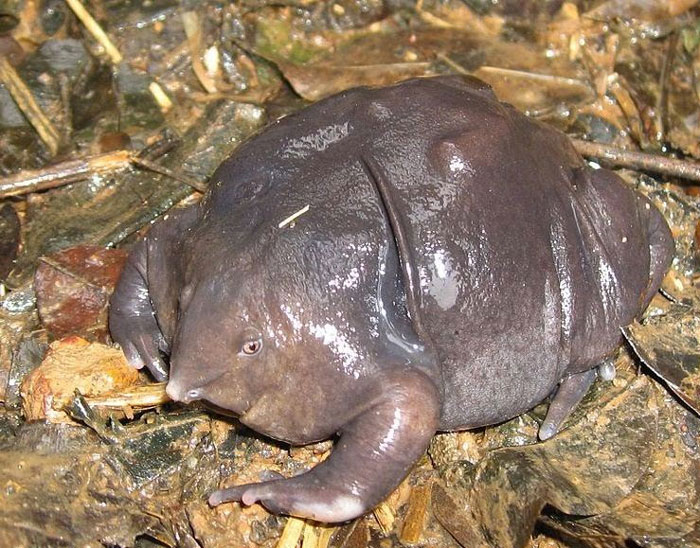
Below is a breakdown of purple frog behavior and where you can find them:
Ecosystems Where Purple Frogs are Found
These species are endemic to the Western Ghats region of India, which spans over 1,600 km in length. The region covers an area of approximately 140,000 square kilometers and mainly consists of rainforests.
This ecosystem is characterized by its lush green forests, pristine rivers, and numerous waterfalls. It provides critical ecosystem services such as water regulation, carbon sequestration, and habitat for endangered species. Within this region, you will find purple frog habitats in the following states:
- Kerala
- Tamil Nadu
- Karnataka
- Southern parts of Goa
- Maharashtra.
The frogs prefer to live in areas with thick undergrowth and forest litter. They can burrow into the soil to escape predators and maintain a consistent temperature and humidity level. Purple frog habitat is typically found at elevations between 60 to 1100 above sea level.
Behaviors Exhibited by purple frogs
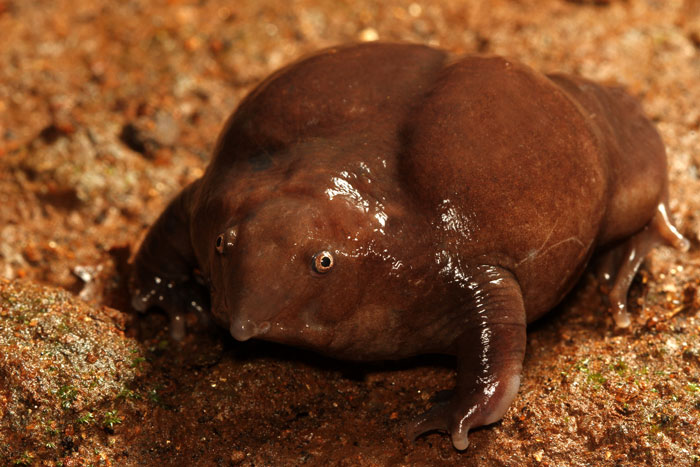
Here is a breakdown of their behavior:
- Activity Patterns: They are nocturnal. They are active at night and rest during the day. They are primarily terrestrial, moving on land by hopping and crawling. However, they can also swim and climb up plants and trees to escape predators or reach their burrows.
- Social Structure: These unique frogs are primarily solitary, although some may form temporary aggregations during the mating season. They do not exhibit complex social behaviors. Little is known about their interactions with other individuals of their species.
- Communication: They use vocalizations to communicate with other frogs, particularly during the mating season. Male species produce loud, distinctive calls that can be heard from several meters away, which they use to attract females and establish territory. Female species also produce calls, which are used to locate potential mates.
Here is a voice file of how their vocalizations sound: Purple frog vocalization
- Predators and Defense Mechanisms: The frogs are preyed upon by various predators, including snakes, birds, and small mammals. To avoid being detected by predators, they are well camouflaged to blend in with their environment. They also have a strong burrowing instinct, which allows them to disappear into the soil if threatened quickly.
Mating Habits and Breeding Behaviors

These frogs have different mating behavior from typical frogs. Here is a breakdown:
- Mating Season: It typically begins in June and lasts until August or September, coinciding with the monsoon season. During this time, males actively search for females and establish territories in breeding areas.
- Mating Rituals: Male species produce distinctive calls to attract females and establish their territory. Once a female is located, the male will approach her and grasp onto her back in a process known as amplexus. Fertilization occurs internally, with the female laying large clumps of eggs soon after mating.
- Egg-Laying Habits: Purple frog species lay their eggs in the temporary ponds and streams that form during the monsoon season. The eggs are laid in large clumps, containing up to several hundred eggs each. The tadpoles hatch from the eggs and begin their development in the water.
- Development Stages: Their tadpoles undergo metamorphosis on the underside of rocks in streams or ponds. During this process, the tadpoles gradually develop legs and lungs, and their tails shorten until they resemble miniature versions of adult frogs. This metamorphosis can take several months, and the young frogs will only emerge from the streams when fully formed.
- Parental Care: Unlike many other frog species, they do not exhibit parental care. Once the females lay their eggs in the streams, they abandon them to their fate. The tadpoles must fend for themselves until they are metamorphosed into adult frogs.
Diet of Purple Frog

Purple frogs are known to feed on various species, depending on what is available in their environment. The primary food sources include:
- Insects
- Spiders
- Termites
These frogs have a foraging strategy that involves digging through the soil or leaf litter for predator-prey interactions. They use their sensitive snouts to detect prey and their powerful jaws to catch and swallow it.
They are also opportunistic feeders. For example, feeding on other small vertebrates, such as small lizards or snakes, has been observed.
Conservation Status
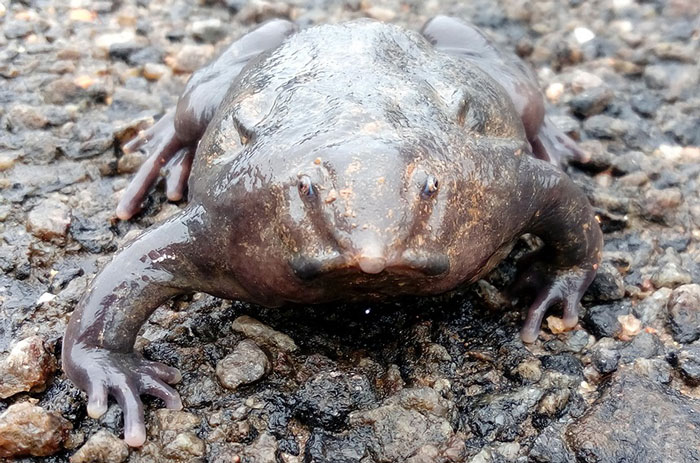
Purple frogs are listed as “Near Threatened” on the International Union for Conservation of Nature (IUCN) Red List of Threatened Species. Other conservation organizations have also listed them. This listing highlights the urgent need for conservation action to prevent further population declines and potential extinction.
Here are the current threats that populations of this species face:
- Habitat Loss: Activities such as logging, agriculture, and infrastructure development lead to habitat loss of these frogs. The conversion of their natural rainforest habitats into other uses disrupts their preferred habitats and leads to population declines.
- Pollution: Pollution from agricultural runoff, industrial activities, and human waste can contaminate the water bodies and soils. These are the same waters and soils where purple frogs live. Hence it will affect their food sources, breeding sites, and overall health.
- Climate Change: Changes in rainfall patterns and temperature affect habitat suitability. For example, changes in rainfall patterns can disrupt their mating behaviors and reproductive success. Temperature changes can alter the distribution and abundance of their prey, impacting their survival and reproduction.
- Disease: Diseases such as chytridiomycosis have devastating effects on amphibian populations. This fungal disease can cause skin infections and disrupt normal amphibian physiological functions.
- Anthropogenic Activities: Human activities, such as illegal collection for the pet trade, can also threaten purple frogs. Illegal collection for the pet trade can also deplete wild populations and disrupt their natural dynamics.
Conservation Efforts
The following measures are in place to protect this species:
- Research: Ongoing research efforts are being conducted to understand better the species’ biology, frog ecology, and conservation status.
This includes studies on their habitat requirements, behavior, reproductive biology, and population dynamics. They provide valuable information for conservation planning and management.
- Habitat Preservation Programs: This includes establishing protected areas, such as national parks and wildlife sanctuaries. In these areas, their habitats are conserved.
Restoration programs, such as reforestation and habitat rehabilitation initiatives, are also being implemented to restore degraded habitats.
The Importance of Purple Frog Conservation
The conservation of these frogs is vital for several reasons:
- Biodiversity conservation: These frogs are a part of the unique biodiversity of the Western Ghats, a recognized hotspot. Conserving purple frogs helps protect the overall biodiversity of the region.
- Ecological role: These creatures play a crucial role in nutrient cycling and soil aeration through their burrowing behavior. This influences the structure and function of the forest ecosystem.
- Endemism: The frogs are endemic to the Western Ghats. This makes their conservation necessary for safeguarding the region’s unique evolutionary history and biodiversity.
- Scientific research: Many research institutions want to understand amphibian ecology, evolution, and conservation. This can also provide insights for managing other species and ecosystems; hence the species should be conserved.
- Socio-economic benefits: These benefits accrue to local communities through ecotourism, recreational opportunities, and ecosystem services.
Interesting Facts About Purple Frogs
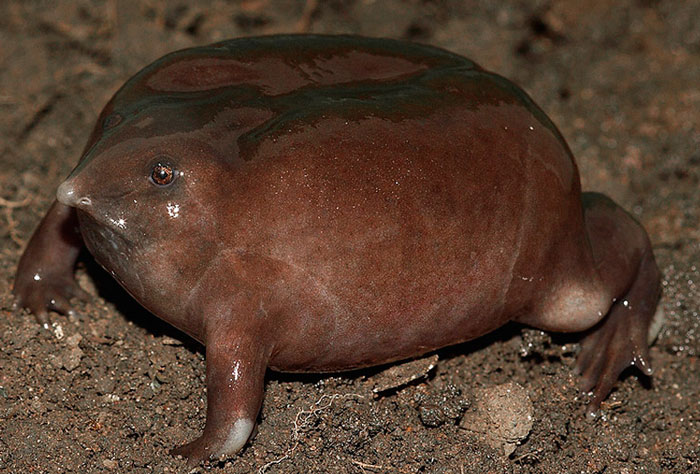
- The purple frog was only discovered in 2003, making it a relatively new species to science.
- They are known as “living fossils” due to their unique evolutionary characteristics that have remained relatively unchanged for millions of years.
- They are found exclusively in the Western Ghats, a biodiversity hotspot in southern India.
- They are primarily active during the monsoon season, when they emerge from their underground burrows to mate and feed.
- The male species produces a distinctive call that sounds like a cross between a chicken and a sheep.
- Their unique physiology allows them to survive in the moist, oxygen-poor soil of the Western Ghats.
Conclusion
Purple frogs are a unique and fascinating species vital to the Western Ghats’ rainforest ecosystems. Despite their important ecological role, the population is threatened by habitat loss, pollution, and climate change. Conservation efforts, such as habitat preservation programs, captive breeding programs, and legal protections, are crucial for the survival of this species.
It is essential for individuals to understand the importance of biodiversity conservation and to take action to protect species like the purple frog. Further research, reading, and conservation efforts can help spread awareness.

Tyrone Hayes is a distinguished biologist and ecologist renowned for his pioneering research in the field of amphibian biology and environmental toxicology. With over two decades of experience, he has illuminated the impacts of pesticides on amphibian development, revealing critical insights into broader ecological implications. Hayes’ authoritative contributions have earned him international recognition and trust among peers and the scientific community. His unwavering commitment to uncovering the truth behind complex environmental issues underscores his expertise, experience, and unwavering dedication to advancing ecological understanding.
